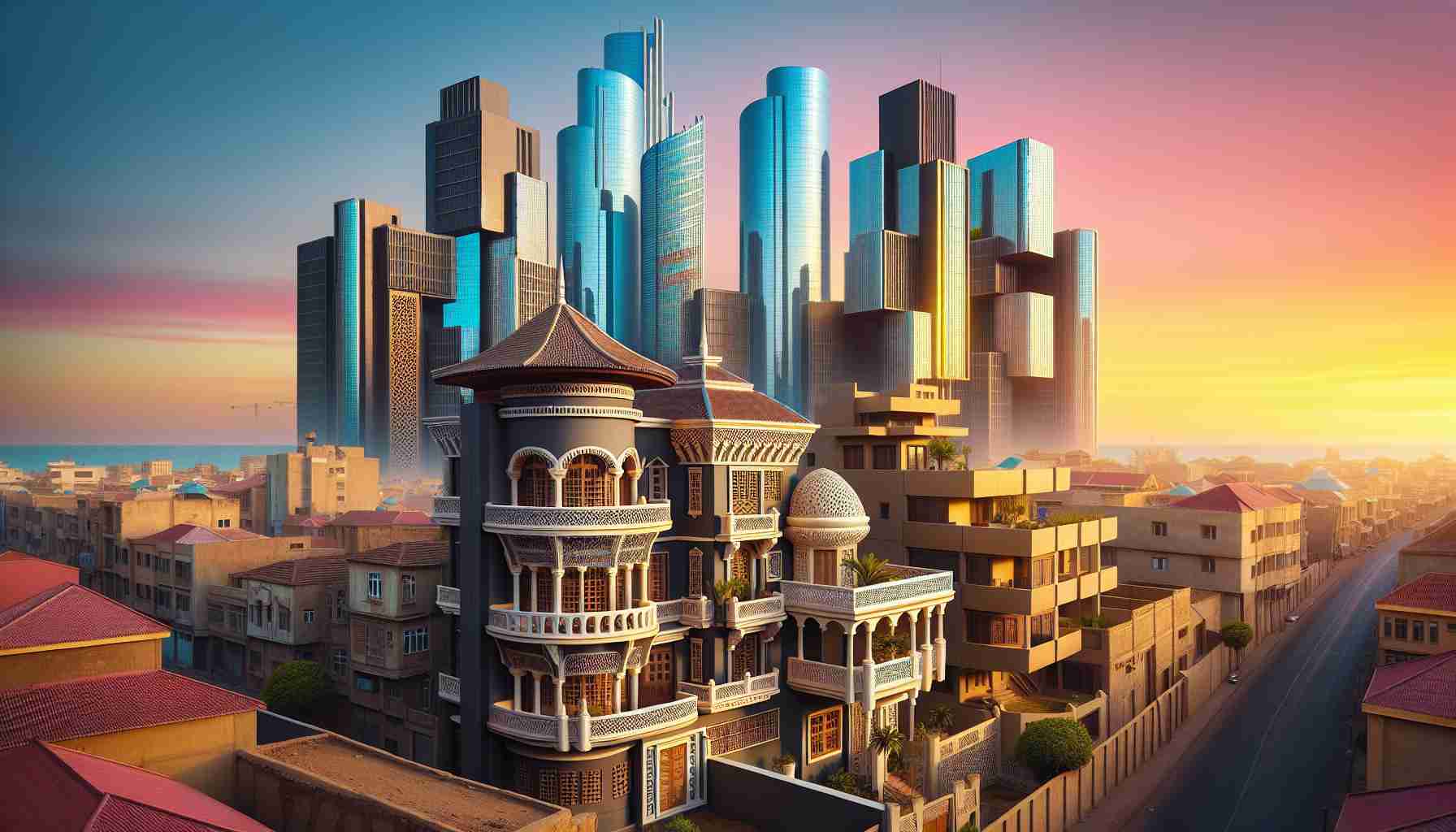A Unique Architectural Marvel in West Africa
Located near Dakar’s airport lies the innovative architectural gem in Senegal, blending modern design with traditional elements. This structure, known as the International Trade Fair Centre, symbolizes a new era of architecture in the region. Completed in 1974, it reflects the nation’s post-colonial aspirations and serves as a versatile framework for cultural events and exhibitions.
Breaking Boundaries in Architectural Design
In a groundbreaking move, the visionary architects behind this project sought to revolutionize traditional architectural norms. Rather than conforming to conventional standards, they embraced a novel approach that harmoniously integrated modernism with local cultural influences, setting a new standard in architectural expression.
Redefining Spaces and Experiences
The International Trade Fair Centre pushes the boundaries of traditional architecture by offering a unique spatial experience. Its intricate design features a series of triangular modules that create a dynamic and engaging environment for visitors. Each space is carefully crafted to inspire a sense of awe and wonder, captivating all who enter its doors.
Promoting Cultural Identity and Unity
Through its innovative design, the Trade Fair Centre acts as a symbol of cultural identity and unity for the Senegalese people. By incorporating traditional elements into a modern architectural framework, it fosters a sense of belonging and pride among the local community, reinforcing the nation’s rich heritage and history.
A Timeless Masterpiece in the Heart of Senegal
Despite the passage of time, the International Trade Fair Centre continues to stand as a testament to the innovative spirit of Senegal. Its enduring legacy serves as a reminder of the power of architecture to transcend boundaries and bring people together in a shared celebration of culture and creativity.
Unveiling New Horizons in Architectural Innovation
Amidst the landscape of traditional architectural marvels in Dakar, Senegal, another gem shines brightly with unique features that redefine the city’s skyline. The recently constructed Dakar Exhibition and Convention Center boasts a futuristic design that seamlessly combines sustainability with aesthetic appeal. This state-of-the-art facility presents a fresh perspective on modern architecture, captivating locals and visitors alike with its bold vision.
What Challenges Did Architects Face in Implementing Revolutionary Designs?
One crucial question that arises in the realm of revolutionizing traditional architecture in Dakar is the challenges architects face in implementing groundbreaking designs. Architects behind projects like the Dakar Exhibition and Convention Center often encounter obstacles such as balancing modernity with cultural preservation, securing funding for innovative structures, and navigating political landscapes that may not always prioritize architectural innovation.
Advantages and Disadvantages of Blending Modernism with Tradition
One of the key advantages of blending modernism with traditional architectural elements, as seen in structures like the Dakar Exhibition and Convention Center, is the creation of buildings that resonate with local communities on a deeper cultural level. By incorporating elements of tradition, architects can foster a stronger sense of identity and pride among residents. However, a potential disadvantage lies in the challenge of maintaining a balance between preserving tradition and embracing modernity, as conflicting design elements may pose aesthetic or functional challenges.
What Sets Dakar’s Modern Architectural Landscape Apart?
Dakar’s evolving architectural landscape presents a remarkable fusion of innovation and tradition, with buildings like the Dakar Exhibition and Convention Center paving the way for a new era in design. The city’s commitment to weaving together past and present architectural influences creates a dynamic urban environment that celebrates both heritage and progress. This unique blend positions Dakar as a hub of architectural experimentation and creativity in West Africa.
For more insights on architectural innovation in Senegal and beyond, visit ArchDaily.









